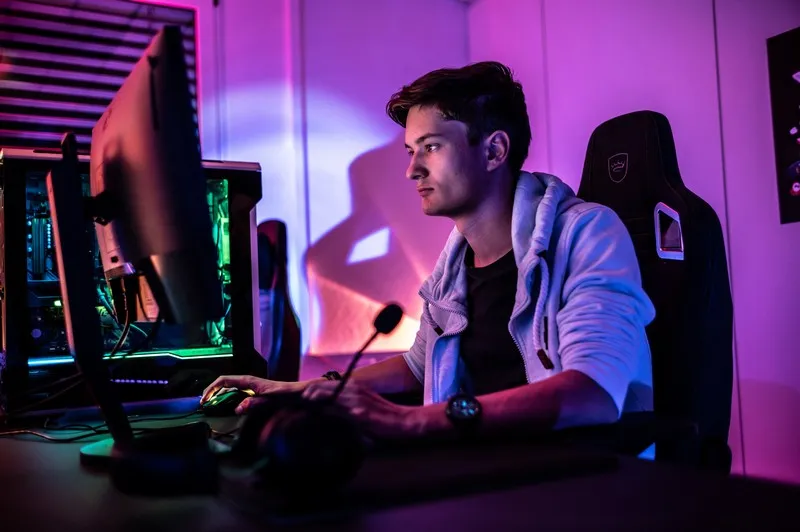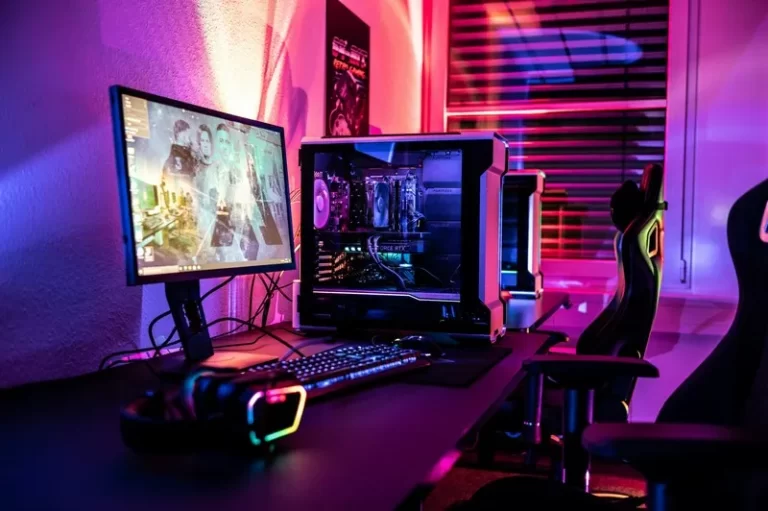Table of Contents
- Introduction: Gaming Meets the Streaming Revolution
- Historical Context: From Arcades to Twitch
- Sociological Lenses for Analysis
- Community Formation and Digital Social Capital
- Labour, Commodification, and Precarity
- Gender, Race, and Intersectionality in Streaming
- Impact on Game Design and Industry Practices
- Global Diffusion and Cultural Convergence
- Challenges and Contested Terrains
- Conclusion: Future Directions in the Sociology of Streaming
Introduction: Gaming Meets the Streaming Revolution
Video-game streaming has moved from niche hobby to cultural powerhouse in just over a decade. Platforms such as Twitch, YouTube Gaming, and Facebook Gaming now sit at the heart of contemporary leisure, commanding audiences that routinely rival traditional broadcast television. This shift is more than technological; it represents a profound reconfiguration of how gamers socialise, how cultural meanings around play are produced, and how labour is organised and valorised within digital economies.
From a sociological standpoint, streaming is a site where media, work, identity, and community intersect in real time. Livestreaming’s affordances—low barriers to entry, synchronous interaction, and algorithmic amplification—have opened new avenues for social influence, but have also magnified existing inequalities. This article unpacks these dynamics for an undergraduate audience, drawing on classic and contemporary sociological theory to explain how streaming reshapes video-game culture.
Historical Context: From Arcades to Twitch
Understanding streaming’s impact requires a brief glance at gaming’s earlier public spaces. The 1970s arcade, the 1990s LAN party, and the early-2000s esports arena each made gameplay visible to an audience, yet all three environments were geographically bound. Streaming, by contrast, dissolves spatial limits, allowing parasocial spectatorship at global scale 24 / 7.
Key milestones include:
- 2007: Justin.tv launches a “Gaming” category, pioneering continuous game broadcasts.
- 2011: Twitch spins off and immediately attracts both amateur and professional streamers.
- 2014–2020: Major publishers embed “Share” buttons into consoles, normalising personal broadcasting.
These developments illustrate Castells’s “space of flows,” wherein mediated networks supplant physical locales as the principal arenas of social life.
Sociological Lenses for Analysis
Structural Functionalism
Streaming fulfils integrative roles: it offers collective rituals (daily streams, subscription anniversaries) that reaffirm group solidarity, and it furnishes specialised labour roles (streamer, moderator, chat-bot developer) that keep the ecosystem viable.
Symbolic Interactionism
Interactionists focus on meaning-making in the chat window. Emotes such as Kappa and PogChamp act as shared glyphs that encode in-group humour, while delayed bans or moderator interventions reveal negotiated boundaries of acceptable conduct.
Political Economy of Media
Critical approaches foreground ownership and monetisation. Amazon’s acquisition of Twitch in 2014 integrated gameplay spectatorship into a wider platform-capitalist matrix, enabling cross-market data extraction and the vertical integration of advertising, cloud infrastructure, and micro-transaction systems.
Community Formation and Digital Social Capital
Traditional gaming forums and guilds fostered asynchronous ties; livestreaming accelerates these ties through constant co-presence. Bourdieu’s notion of social capital helps explain why large streamers become hubs of influence: followers accumulate symbolic capital by being recognised during live shout-outs, while subscription badges and tiered loyalty icons become tokens of status.
Community hierarchies crystallise around visibility, gatekeeping, and affiliation. Although ostensibly democratic, these mechanisms often reproduce the Matthew Effect—“the rich get richer”—as channels with initial follower advantages snowball toward dominance.
Labour, Commodification, and Precarity
Streaming converts leisure into productive labour, echoing Hochschild’s “commercialisation of human feeling.” Performers monetise charisma, humour, and emotional labour through ad splits, donations, sponsorships, and affiliate merchandising. Yet the gig-like structure produces precarity:
- Income volatility tied to fluctuating view counts.
- Long, irregular working hours to satisfy global audiences across time zones.
- Blurred boundaries between public persona and private self, leading to burnout.
The platform’s revenue model further externalises risk. As with Uber drivers who supply their own cars, streamers supply their own hardware, content, and persona while the parent company harvests stable advertising revenue.
Gender, Race, and Intersectionality in Streaming
Get the full article AD FREE. Join now for full access to all premium articles.
View Plans & Subscribe Already a member? Log in.





